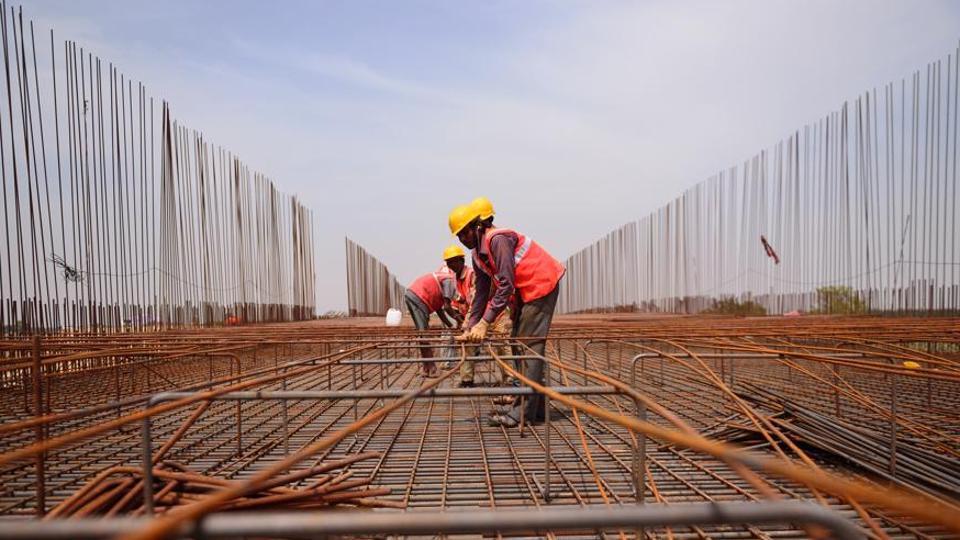The year 2019, for Indian real estate, has been a year of ‘attempting a revival’. It has been a year of efforts to ‘get back on track’ from the cascading effects of structural reforms.
Shelter is a basic need; for those who have delayed their home purchase post the economic policy reforms in 2016 and 2017, it is a delayed decision which needs to be taken. For Indian real estate, as the provider of these homes, moving into 2020 is a situation which brings into sharp focus the need to ensure things are ‘back on track’. A slowing economy underscores the importance of real estate as an option to boost GDP rate; create jobs as also support 269 allied and core industries.
The year 2019, for Indian real estate, has been a year of ‘attempting a revival’. It has been a year of efforts to ‘get back on track’ from the cascading effects of structural reforms. On its part, the Indian Government came up with measures to boost the supply side such as the corporate tax cut, among others. The year also underscored the need to also provide a boost to the demand side, and in 2020, the Indian Government needs to initiate bold fiscal measures with quick execution to resurrect the sliding GDP growth.
The positive in 2020 will be that benefits of structural economic policy reforms should start accruing to Indian real estate. These include reforms introduced with the intent of bringing fiscal discipline, accountability and transparency. As a result, the scenario of muted investment and subdued consumption, which reflects imbalanced demand-supply economics, should start correcting. GDP growth should gain momentum with sustained monetary and fiscal interventions, in turn, resurrecting sliding economic growth. Corrective fiscal measures, like stressed fund in form AIF and cut in Corporate Tax will go long way in turning around positive net-worth companies and reduce NPAs.
The expectations of Indian real estate from the Indian Government include the need to quickly undertake bold fiscal decisions, enhancing focus on corrective measures for sectors like Housing and Urban Infrastructure – which will bring in double digit GDP growth rate as also employment generation – and will help achieve the target of becoming a $ 5 trillion economy. Not to forget, ‘Housing for all by 2022’, which will happen via a real estate resurgence in 2020. A long-pending demand of real estate has been a single-window clearance system for projects. Delays in clearances leads to increased costs, which are ultimately passed on to buyers. Experts say that a faster approval process with reduced documentation will benefit the industry and, ultimately, buyers. The single-window clearance system, if implemented in 2020, will not only resolve operational issues prevalent in the industry but also improve productivity of real estate industry.
Similarly, there is an urgent need to reduce not just cost of permissions, but also the GST rate on raw material like cement and steel, which impact cost of construction. Also, premium on FSI and cost of land acquisition needs to be rationalized. Tax rationalization will also go a long way, be it Section 23(5) of the Income Tax Act, 1961; on ‘Notional Income from House Property held as stock in Trade’ or Section 54 (Capital Gain from sale of house property). Similarly, there is a need to incentivize Rental Housing.
Going into 2020, there is a need to increase limit of interest deduction paid on home loans, from Rs. 2 lakh to Rs. 5 lakh. Similarly, there is a need to rationalize the aspect of deemed tax on difference in transaction and RR/Circle rate value u/s 43CA of the Income Tax Act, 1961.
On the issue of ‘stressed assets’, vide circular dated June 2019, RBI has permitted banks to restructure and/or roll over the loans at their option and in such cases, the borrower will retain the asset classification of the restructured standard accounts as standard and the same will not be treated as NPA. This has not been applicable to Real Estate and as a result, the restructuring or roll over of loans to real estate triggers provisions related to NPA.
Due to the downturn in the market and also failures of several big NBFCs, developers are facing an acute shortage of liquidity. Going into 2020, one hopes that banks and financial institutions will be given the discretion on ‘one-time restructuring and/or roll over’ of their existing loans on similar lines, for loans to other sectors. One hopes that the RBI will issue a circulars with real estate as the focus, on lines of a similar circular which was issued on 8th December 2008.
Prolonged slowdown in real estate will have a direct impact on profitability of 269 allied and core industries, given this, it is imperative for the Indian Government to quickly take corrective measures. Revival of Indian real estate is a must, going into 2020. There are no quick fix solutions to resolve this crisis, but a series of short and long term measures will ensure that real estate plays its role in enhancing GDP growth as also job creation. We need the Indian Government in 2020, to bring the economy ‘back on track’ – with real estate and infrastructure playing their role in achieving the same.

